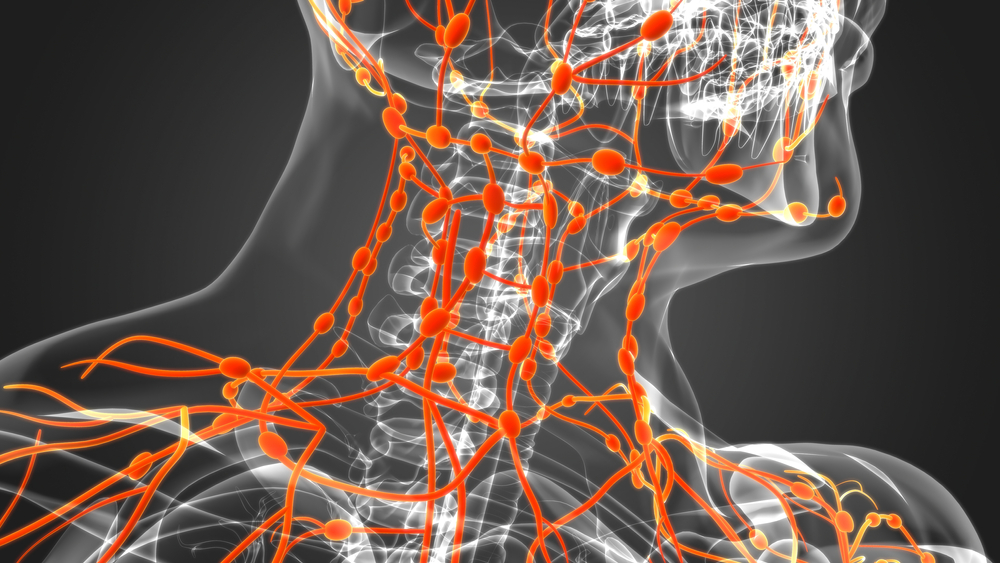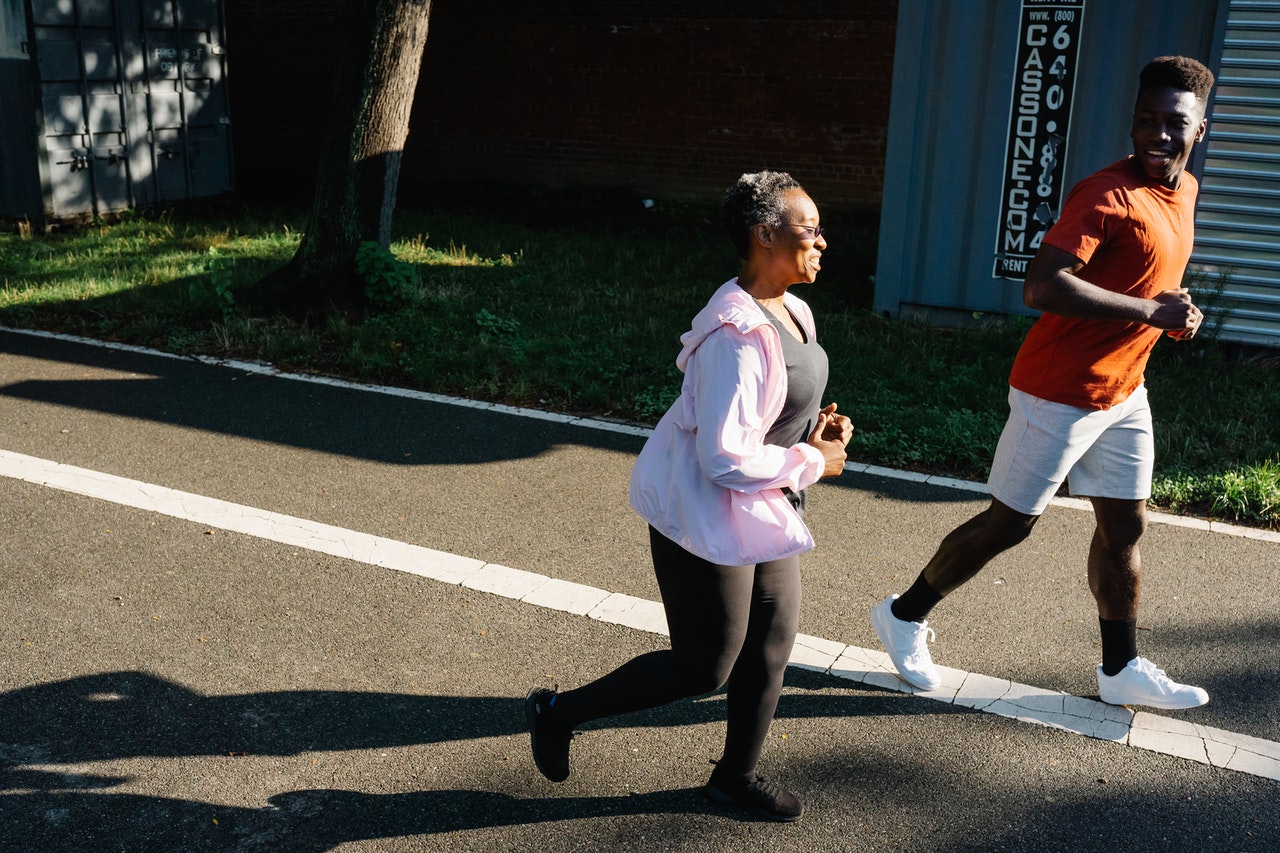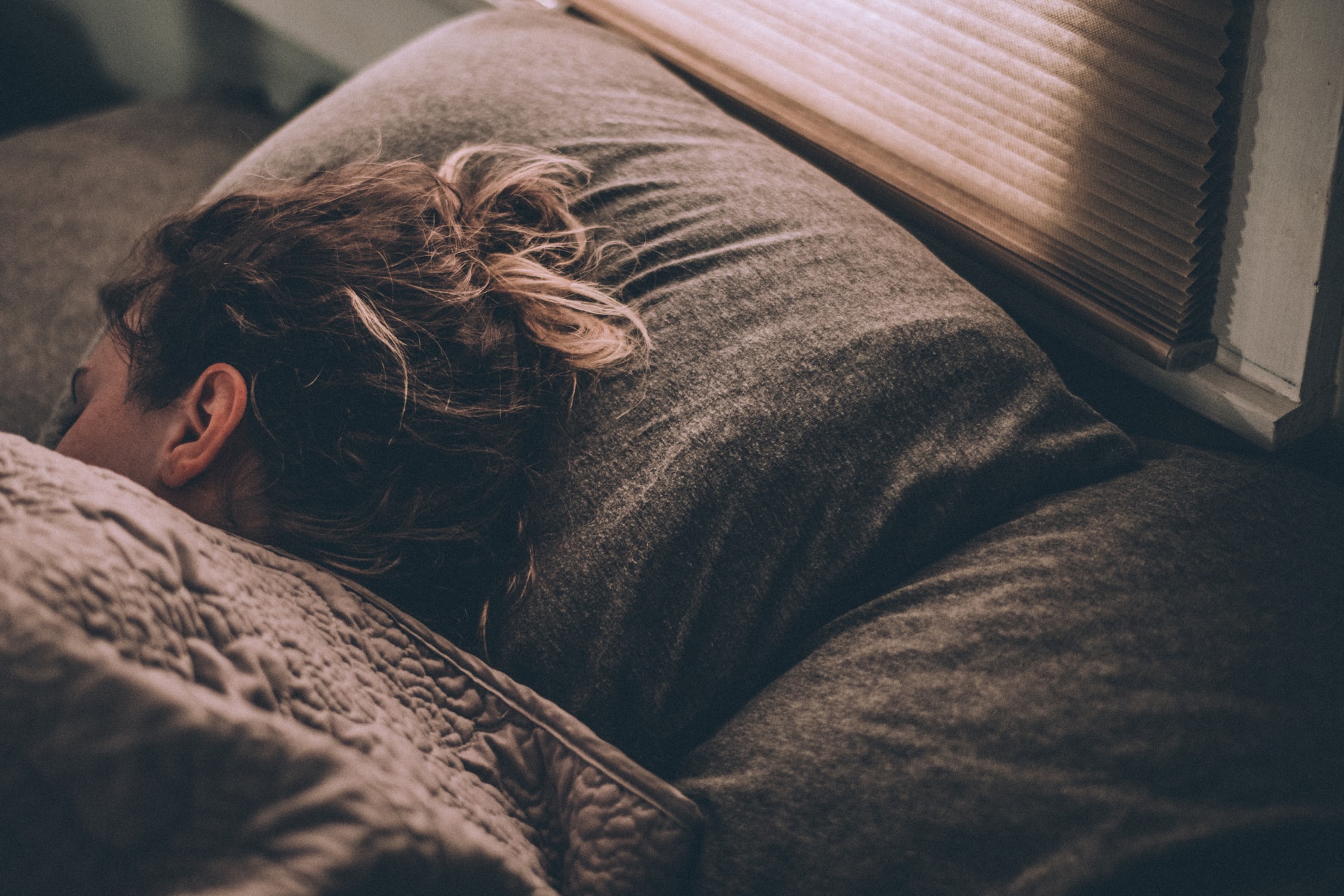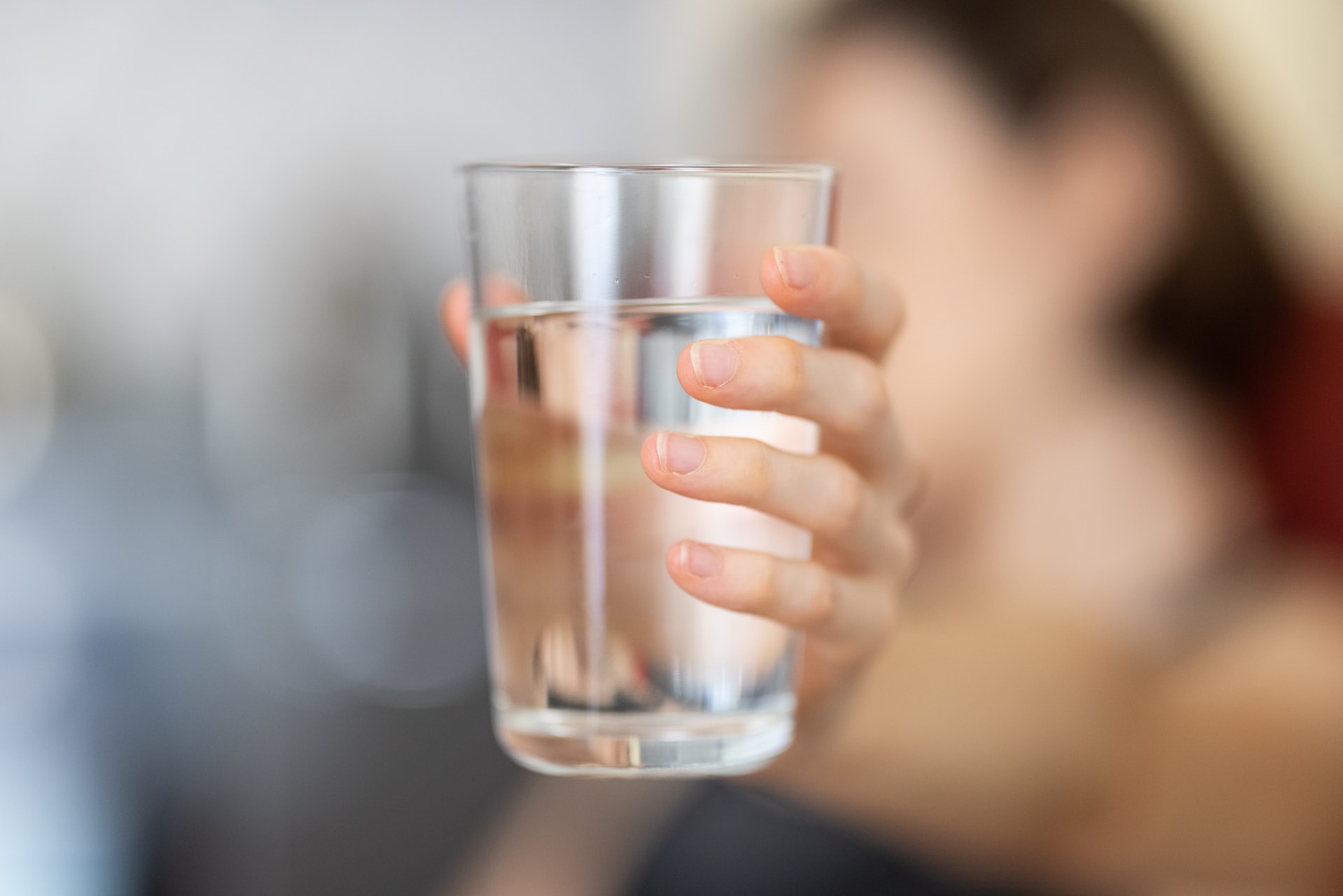Breathing Technique Stimulates Lymphatic System & Supports Immune System


The lymphatic system is part of the immune system and is a network of tissues and organs that help rid the body of toxins, waste, and other unwanted materials.
Its main function is to transport lymph, a colorless fluid containing white blood cells that fight infection throughout the body.
Other key functions include shielding the body from illness-causing bacteria or viruses; preserving body fluid levels; and consuming digestive tract fats and eliminating cellular waste. (1)
Let’s take a closer look at some of those functions:
- Protects the body: The lymphatic system is part of the immune system. It produces and releases white blood cells and other immune cells that detect and destroy external influences, such as bacteria, viruses, parasites, and fungi that enter the body.
- Maintains fluid levels: The lymphatic system collects excess fluid that drains from cells and tissue in every part of the body and returns it to the bloodstream. This maintains fluid levels throughout the body.
- Absorbs fats from the gastrointestinal tract: Lymph includes fluids from the intestines that contain proteins and fats, transporting it back to the bloodstream for metabolic storage.
- Transports and eliminates waste products and abnormal cells from the lymph.
Symptoms Of Lymphatic Dysfunction
When the lymphatic system works poorly it can cause a condition called lymphedema, a blockage or obstruction that causes excess fluid and swelling (also known as edema).
Lymphedema most commonly affects one of the arms or legs, but in some cases, both may be affected. Some patients may experience swelling in the head, genitals, or chest. (2)
Those suffering from lymphatic dysfunction can have other symptoms that may include:
- A dense or stiff feeling in the arms or legs
- Malaise or throbbing in the affected limb(s)
- Restricted movements in arms and legs
- Prickly sensations in the affected area, such as pins and needles
- Skin infections
- Fatigue
- Thickening and hardening of the skin
- Blisters or skin growths
Possible Causes Of Lymphedema
During certain surgeries, therapies or treatments there are risks of damage to the lymph nodes or the lymphatic system. This may result in lymphedema. (3)
Other possible causes include:
- Skin infections such as cellulitis may damage tissue around the lymph nodes or vessels. This can lead to scarring, increasing the risk of lymphedema. Some parasite infections, transmitted through mosquitoes in tropical regions, can also increase the risk of lymphedema. (4)
- Conditions such as rheumatoid arthritis and eczema may cause tissue to become inflamed. This may cause lasting damage to the lymphatic system,
- Some patients with congestive heart failure may have a higher risk of developing lymphedema. (5)
- Patients with DVT (deep vein thrombosis), venous leg ulcers, and varicose veins may have an increased risk of lymphedema. (6)
- In very rare cases, severe skin burns and injuries that result in considerable scarring may raise the risk of developing lymphedema.
Lymphedema can be controlled with the correct treatment, however, at present, there is no cure.
How To Improve Lymphatic Health
The lymphatic system helps protect the body from germs, bacteria, viruses, and fungi that may cause illness or disease. It increases immunity by making white blood cells (called lymphocytes) that contain immune-responsive antibodies for the body.
To keep it working properly there are several ways to help maintain, stimulate, and improve the lymphatic system. Here are a few:
- Avoid exposure to harmful chemicals such as those in pesticides and cleaning products. These toxins can build up in the system and make it harder for the body to filter out.
- Drink plenty of water to stay hydrated. This allows lymph to easily move throughout the body, and flush toxins out through sweat and urine. As well as the benefits to the lymphatic system, drinking enough water helps to regulate body temperature, keep joints lubricated, prevent infections, deliver nutrients to cells, keep organs functioning properly, improves sleep quality, cognition, and mood. (7)
- Lymphatic drainage massage is a light, gentle form of massage therapy that uses specific skin techniques that stimulate and encourage the movement of lymph fluids around the body. Lymphatic massage can boost natural drainage of the lymph, and speed up filtration and detoxification, promoting well-being and an improved immune system. (8)
- Gentle to moderate exercises such as walking, light jogging, or trampolining can kick-start the flow of lymphatic fluid throughout the body. It is one of the most effective ways to increase lymphatic function. Exercise also helps to rid the body of toxins through sweat glands.
- Employing a Lymphatic System Breathing Technique can activate the lymphatic system. By breathing in through the nose, filling your belly and diaphragm will help trigger the lymph nodes. Use this educational video to improve your deep breathing exercises, which in turn will help to activate the lymphatic system. These exercises should be done first thing in the morning and throughout the day.
- Skin brushing is a practice that utilizes a natural fiber brush on dry skin. This can activate the lymphatic system and helps to get rid of dry skin cells too. Techniques include the use of long and circular strokes, and are recommended for daily use or at least twice weekly for best results.
- Eating a healthy Mediterranean-style diet, devoid of packaged or processed foods with chemical additives, may ease the stress on the lymphatic system. Switching to a whole foods diet, rich in nutrients, that includes additional vegetables, fruits, seeds, nuts, and oily fish, rather than red meat has been proven to improve health and wellbeing.
- Avoid tight-fitting clothing: Wear loose clothing most of the time and tight clothing occasionally. Tight clothing, (like bras and other tight-fitting underwear) can reduce the circulation of lymph. This can slow down the detoxification of the body.
A healthy and fully functioning lymphatic system is essential for the overall health and well-being of the body. Keeping your lymphatic system strong and robust will allow it to kill off and eliminate foreign cells, such as bacteria and viruses. Supporting your overall health through simple lifestyle choices such as the lymphatic system breathing technique mentioned above can vastly improve many aspects of your life and wellness.
Balance your hormones, balance your weight, balance your life! To learn more, click here.
Sources
- https://www.ncbi.nlm.nih.gov/books/NBK557833/
- https://www.medicalnewstoday.com/articles/180919#_noHeaderPrefixedContent
- https://www.healthline.com/health/lymphatic-obstruction#treatment
- https://www.who.int/news-room/fact-sheets/detail/lymphatic-filariasis#:~:text=Lymphatic%20filariasis%2C%20commonly%20known%20as,damage%20to%20the%20lymphatic%20system.
- https://my.clevelandclinic.org/health/diseases/8353-lymphedema
- https://pubmed.ncbi.nlm.nih.gov/16926709/
- https://www.hsph.harvard.edu/news/hsph-in-the-news/the-importance-of-hydration/#:~:text=Drinking%20enough%20water%20each%20day,quality%2C%20cognition%2C%20and%20mood.
- https://www.medicalnewstoday.com/articles/324518#how-to-perform









